Vietnamese calligraphy gains in popularity
The tradition of collecting letters has become part of Vietnamese culture whenever Lunar New Year arrives. The calligraphic works, which can be romanised Vietnamese, Han Chinese or Nom (Vietnamese ideographic) scripts written by elderly scholars, expresses the Vietnamese people’s respect for knowledge.
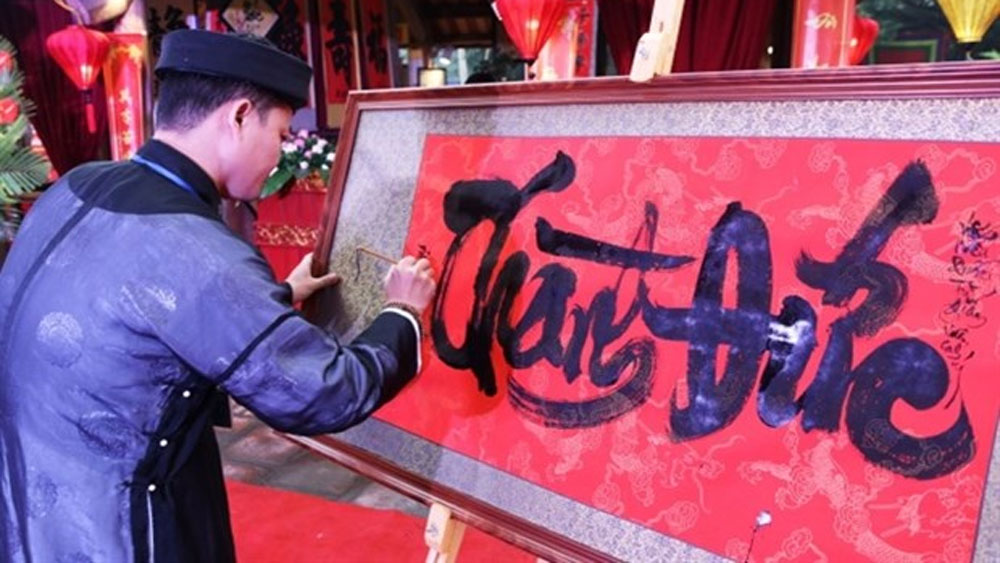 |
|
A calligrapher writes Vietnamese script at a traditional calligraphy market at the Temple of Literature. |
The scripts are written on traditional do (poohnah) paper and become symbols of good fortune.
Many calligraphers who are able to write both Vietnamese and Han-Nom calligraphy received increasing orders for Vietnamese calligraphy this year.
According to Truong, who works at the Temple of Literature and Hai Ba Trung Temple in Hanoi, he was often asked to write the word An in Vietnamese, which means peace.
However, his customers have recently requested other meaningful words, depending on their wishes.
Tran Hau Yen The from Vietnam University of Fine Arts also agreed that romanised Vietnamese calligraphy had become increasingly popular.
Vietnamese calligrapher Kieu Quoc Khanh added that other calligraphers specialising in the modern national script had adapted the sophisticated writing techniques for Han-Nôm scripts to enrich their writing styles.
However, according to Pham Van Tuan from the Institute of Han-Nom Studies, more people ask for ancient Han-Nom scripts at the Temple of Literature, which gathers renowned calligraphers in Hanoi.
“The Temple of Literature is a space dedicated to Confucianism and traditional culture. People they should ask for words related to examinations and traditions,” Tuan said.
However, he said there had been technical advances in romanised Vietnamese calligraphy.
“From the north, calligrapher Kieu Quoc Khanh has been accredited with bringing and introducing the system of Vietnamese calligraphy in the south. Therefore, Vietnamese calligraphy has never been as diverse as it is today. Frequently interacting with other artists, Khanh has come up with many innovations and influences on Vietnamese calligraphy,” he said.
Meanwhile, Tran Hau Yen The has also had many calligraphic creativiteness showcase artistic elements.
One of his works combined with contemporary art is being displayed at the National Assembly Building. Written in vertical lines, the words have shapes similar to Han and Nom scripts.
Pham Van Tuan agreed that the increasing favour of Vietnamese calligraphy was understandable.
However, the co-existence of two calligraphic styles were not mutually exclusive.
Source: VNA
 Bắc Ninh
Bắc Ninh





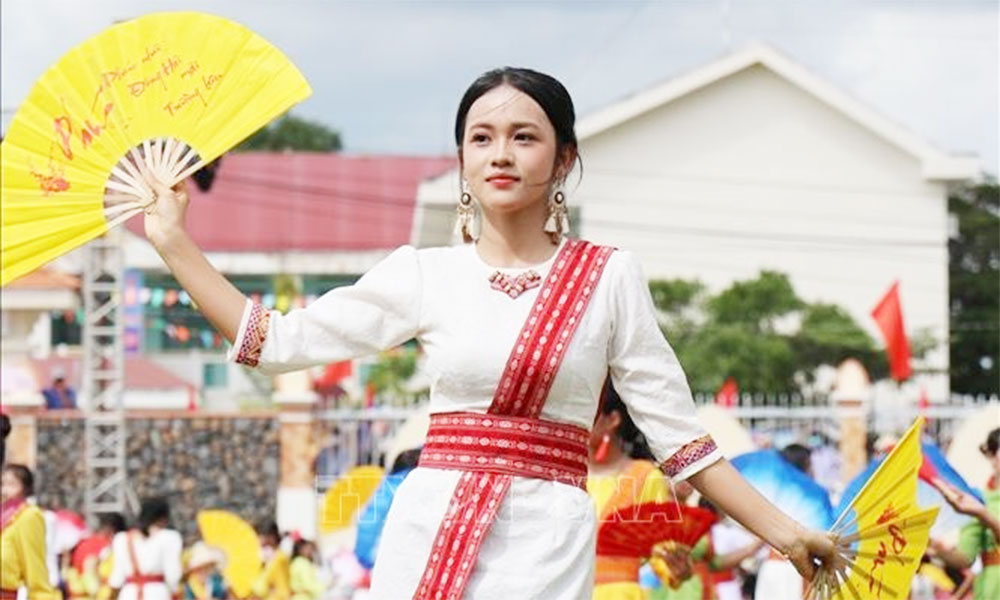
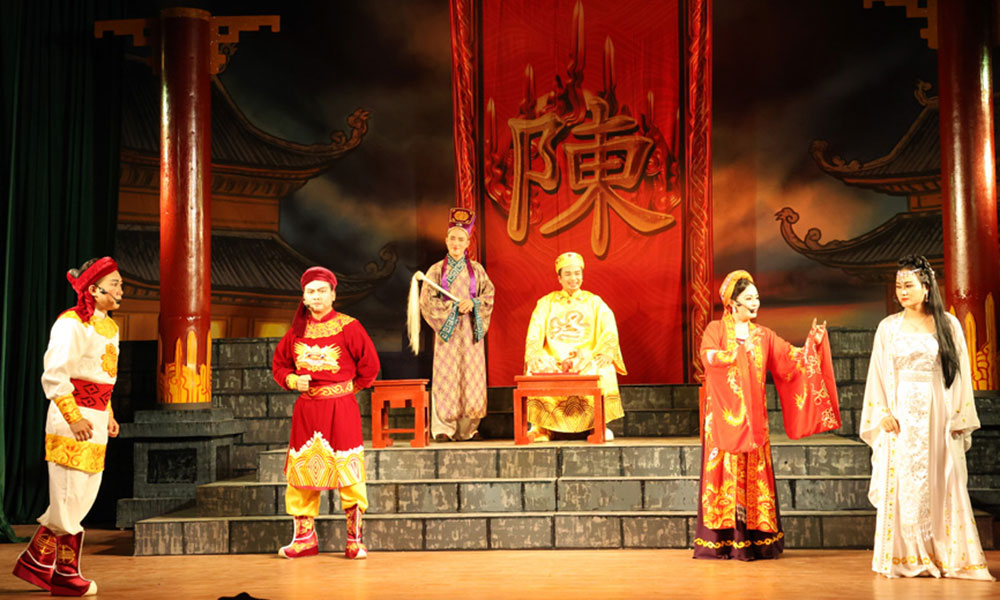

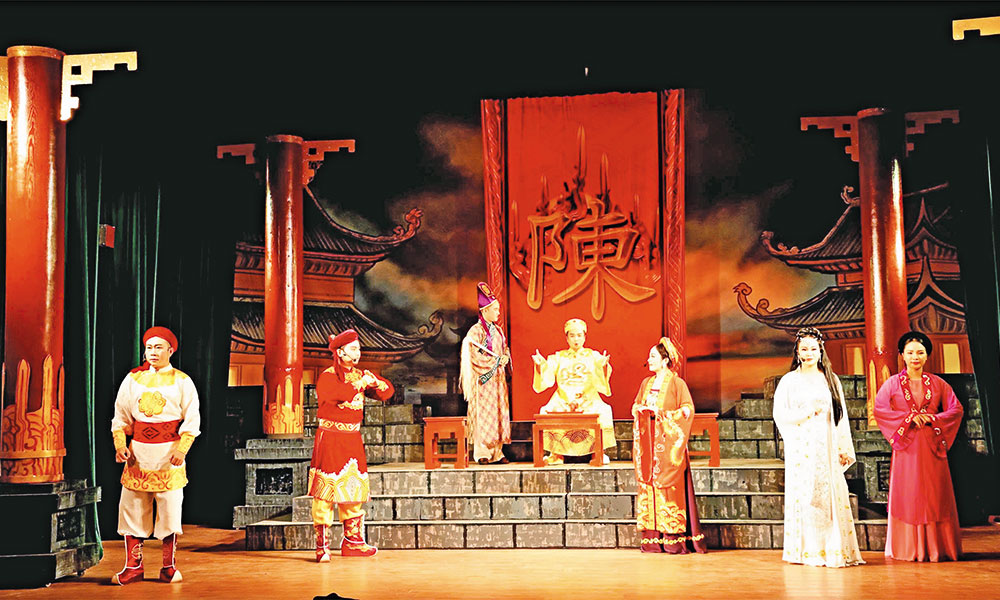





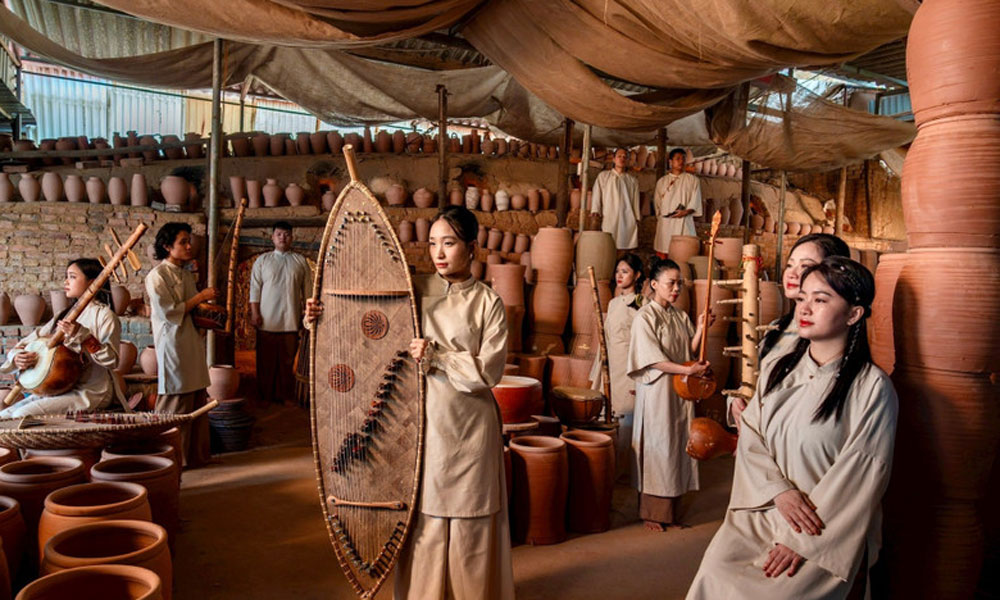




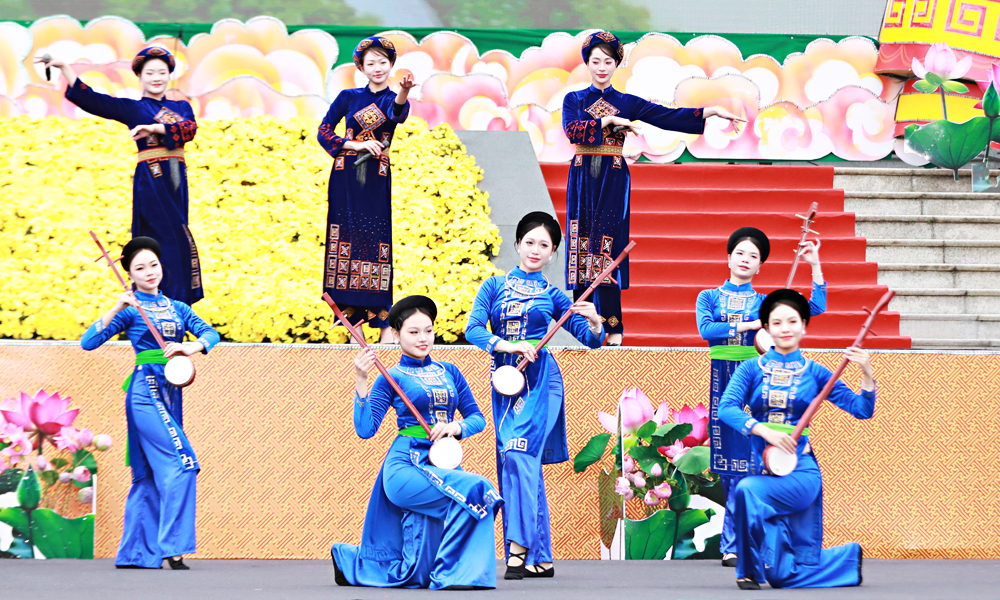

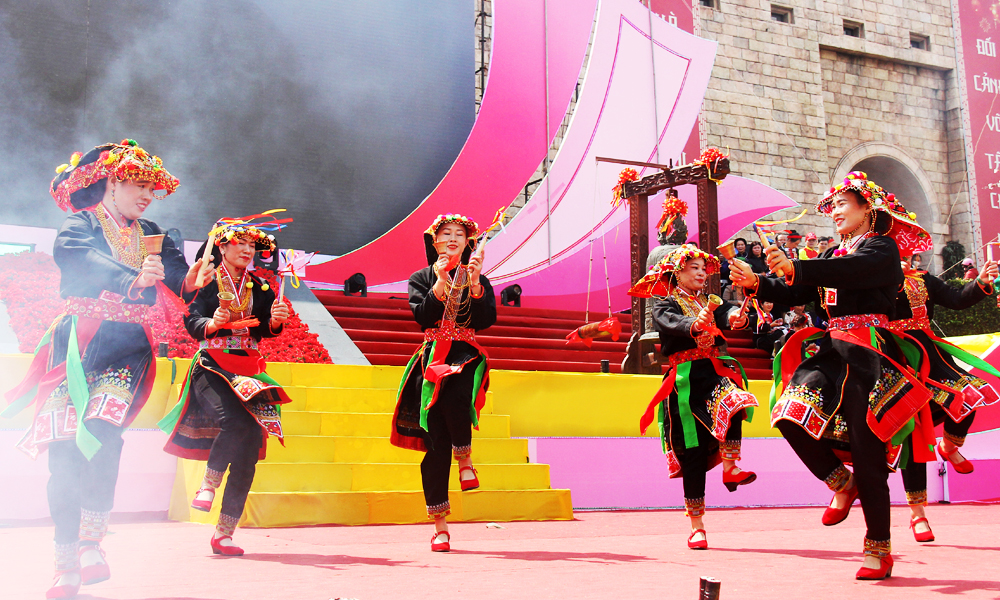

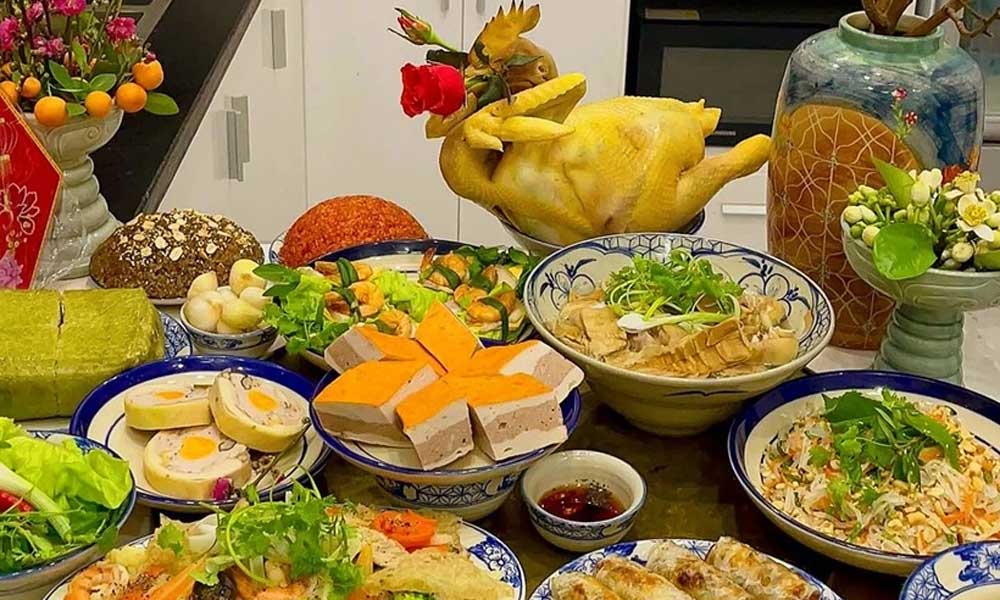
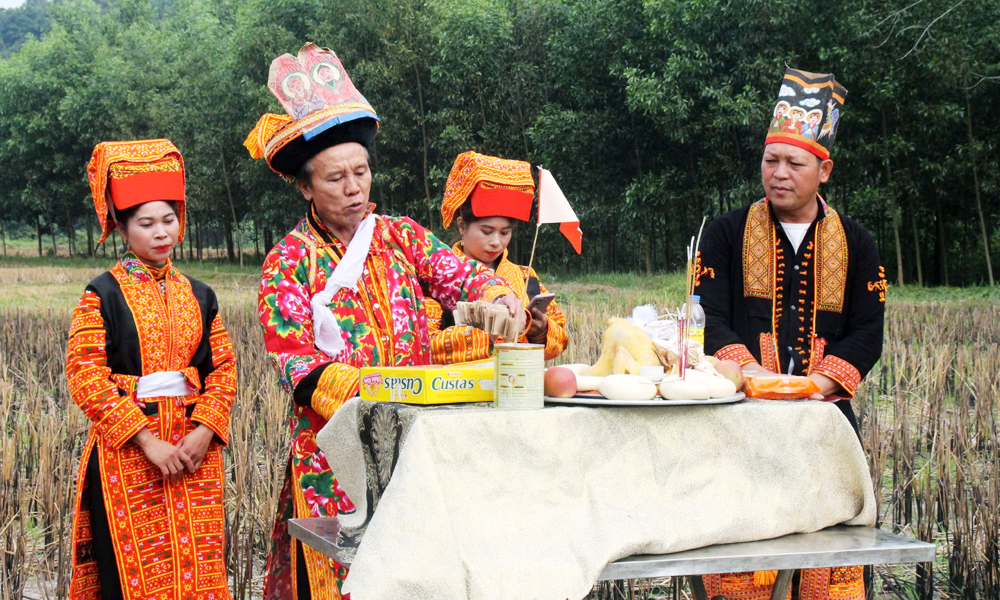
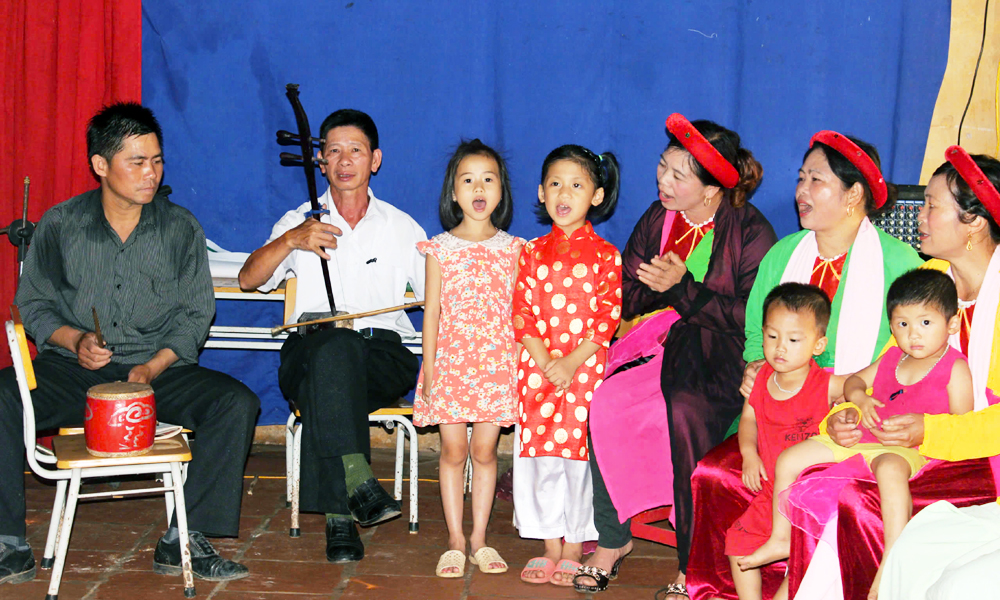




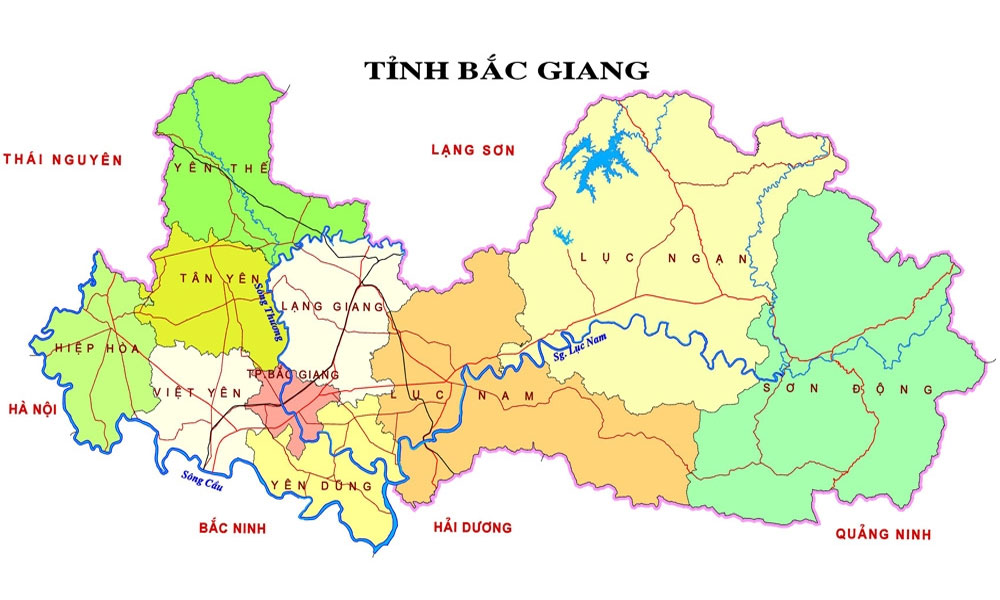

Reader's comments (0)